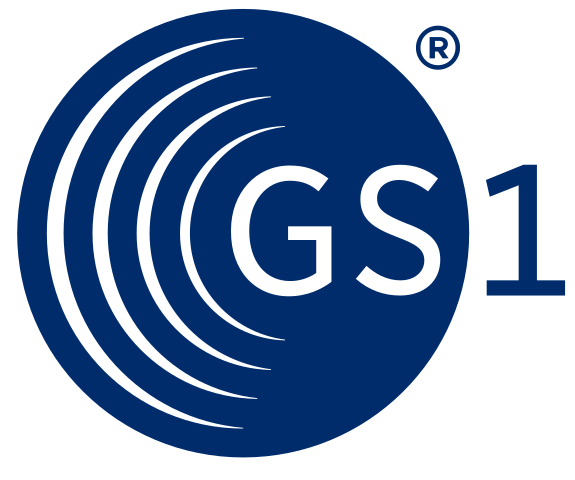Recently, GS1 has released an update to the EPC Gen2 UHF RFID v3 standard. The new version includes optimizations to the radio interface and new commands aimed at saving time, improving accuracy, and making the inventory process more robust. Below, we will examine some of the most significant changes in terms of inventory performance and provide guidance on how to start testing and learning independently.
The new commands further enhance filtering and enable simpler memory access.
The QueryX and QueryY commands combine the classic Select + Query commands into a single timed packet. Unlike Select(s) + Query, they effectively package the entire series of Selects and the subsequent Query into a single command frame. This prevents external readers from interfering with the filtering process and makes the inventory process more robust. It also prevents tags from participating if they have only “heard” part of the QueryX/QueryY command frame. This could occur if they have moved in or out of the reader’s field during the inventory cycle.
Furthermore, the new commands come with optional configurations such as the ability to choose whether the tag should include the EPC or TID in the ACK response (AckData), whether the RN16 is protected with a checksum (ReplyCRC), and flexible filtering conditions. These parameters add flexibility to the inventory process and can be used to make the process more efficient.
ReadVar is an alternative to Read (which remains mandatory in the standard). The two commands are very similar, but the tag’s response to ReadVar contains additional informative data. NumWords indicates the number of words returned as part of the response, MoreWords indicates the amount of data still available in memory to be read beyond the reading space, and there is a parity bit calculated over the transmitted data (Parity).
Overall, the ReadVar command is more flexible than Read and simplifies access to tag memory since the user does not need to know the available memory size of the target bank.
Use custom commands to test the new protocol features.
Tagformance Pro provides the option to utilize user-defined custom commands in tag performance tests, offering a practical means to test some of the new features of Gen2 v3.
Custom commands can be created using a standard text editor, imported into the software, and used in performance test programs.
For example, you can generate a custom Query command waveform with field adjustment and test its effect on tag performance using the “Threshold sweep.”
Moreover, a custom command can also be combined with ISO 18000-63 inventory into a sequence of custom commands, allowing for the preparation of, for instance, a ReadVar test command.
For further information, the new version of the protocol is available on the official GS1 website.



